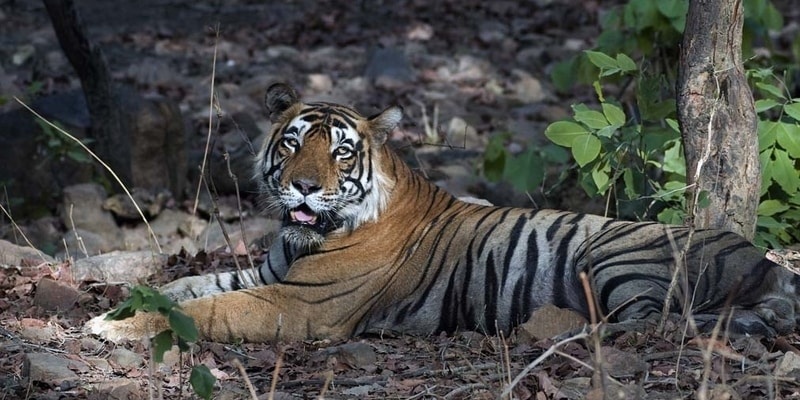India's First Wildlife Corridor on a National Highway: A New Era in Eco-Friendly Infrastructure!
In a historic move blending progress with preservation, the National Highways Authority of India (NHAI) has constructed the country’s first dedicated wildlife corridor on a national highway. This 12-kilometre stretch, part of the ambitious Delhi-Mumbai Expressway, runs through the buffer zone of the Ranthambore Tiger Reserve in Rajasthan. What makes it truly groundbreaking is that this stretch was not just built for vehicles; it was thoughtfully designed for the safe passage of wildlife, including endangered species like tigers and bears. This development represents a major shift in how infrastructure projects can be planned in India. For the first time, human development and nature conservation have come together at such a scale, creating hope for a future where growth does not come at the cost of the environment. The Need for a Wildlife Corridor: Why It MattersHighways passing through forested areas have long been a threat to India’s wildlife. Animals often stray onto roads, leading to fatal accidents, loss of wildlife, and damage to vehicles. This becomes a major concern when highways cut through or lie close to protected reserves, such as Ranthambore, which is home to a rich variety of flora and fauna. The new wildlife corridor provides a dedicated path for animals to cross safely, reducing the risk of road accidents and helping maintain their natural movement patterns across the landscape. This is particularly important in the ecological region between Ranthambore and the Chambal Valley, one of the most biodiverse zones in the country.Wildlife-Sensitive Engineering: What Makes This Corridor SpecialThis 12-km stretch includes five wildlife overpasses, each 500 meters long, and India’s longest wildlife underpass, measuring 1.2 km. These structures were developed under the expert guidance of the Wildlife Institute of India and the Ministry of Environment and Forests, ensuring that wildlife conservation remained at the heart of the design.Eco-Friendly Innovations Beyond Wildlife SafetyThe wildlife corridor is not just about animal crossings. It’s also a symbol of sustainable construction. Over 35,000 trees were planted along this stretch, and rainwater harvesting systems were installed every 500 meters. To reduce water consumption, drip irrigation systems were used, cutting water usage by over 50%. Environmentally responsible construction techniques, such as modular formwork and low-waste methods, were adopted to minimize the environmental footprint of the project. These features make this project not just a wildlife initiative but a full-fledged green infrastructure model. Safer Roads for AllWhile the focus is on wildlife, this project also brings peace of mind to travelers. Fewer accidents with animals mean safer roads for commuters and truck drivers. The 8-lane expressway ensures faster connectivity between Delhi and Mumbai while ensuring that locals living near Ranthambore do not face the dangers or disruptions often caused by poorly planned infrastructure projects. For local communities who share their land with wildlife, this project sends a strong message: you don’t have to choose between development and nature. You can have both. The 12-km wildlife corridor on the Delhi-Mumbai Expressway is more than just a stretch of road. It is a symbol of thoughtful engineering, human responsibility, and respect for nature. It represents what modern India can be: a country that moves forward without leaving its natural heritage behind.

